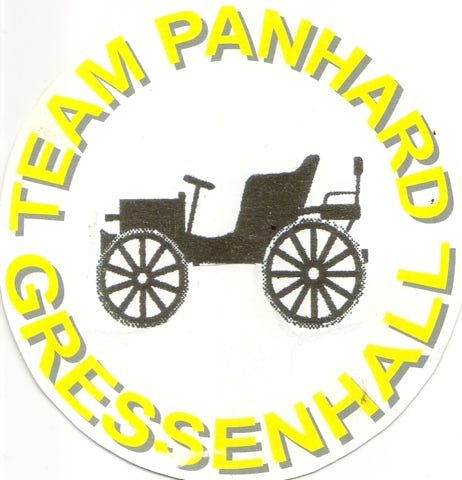
Radiator Replacement
2010



Most early cars relied on water to keep the engine cool and carry away the heat to a radiator which cools the hot liquid assisted by air flowing around the moving car. Originally the Panhard’s radiator was slung on mounting brackets between the rear wheels.
This can be illustrated by this picture of our Panhard stripped down for speed in the 1900 1000 Mile Trial.
At some time in its history the original radiator was discarded and replaced by a front mounted radiator taken from a Belsize car. This was probably when the car was owned by Dawson pictured here with the M22 number plate.
A front mounted radiator is much more efficient as it gets a better airflow when the car is moving. But the Belsize radiator changed the whole shape of the car and our Panhard was unlike any other!
The Belsize radiator developed leaks over time and significant repairs were necessary. It also tended to overheat when the car was stationary.
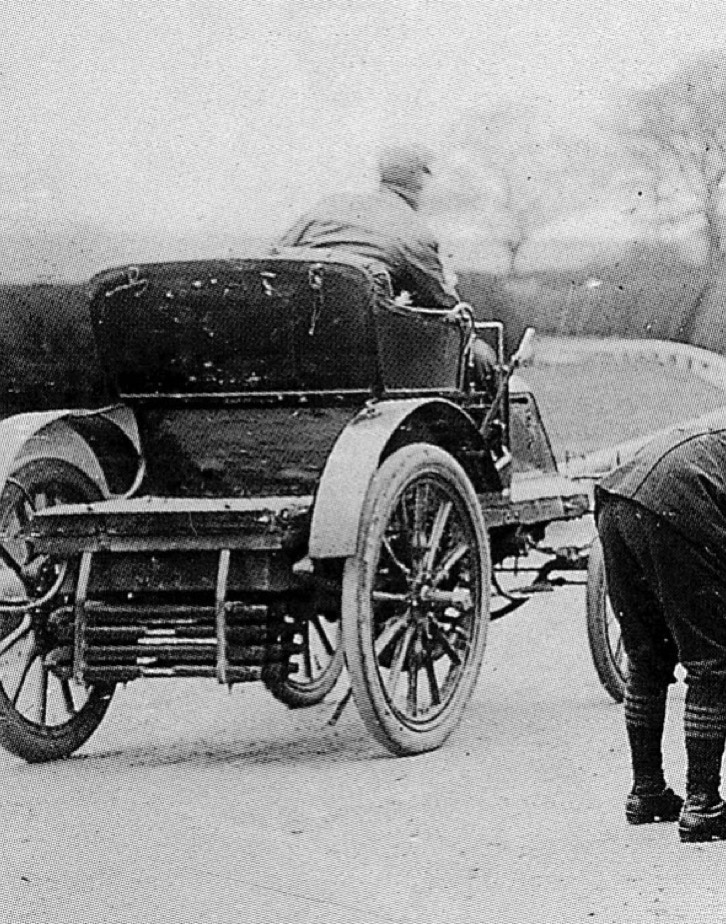
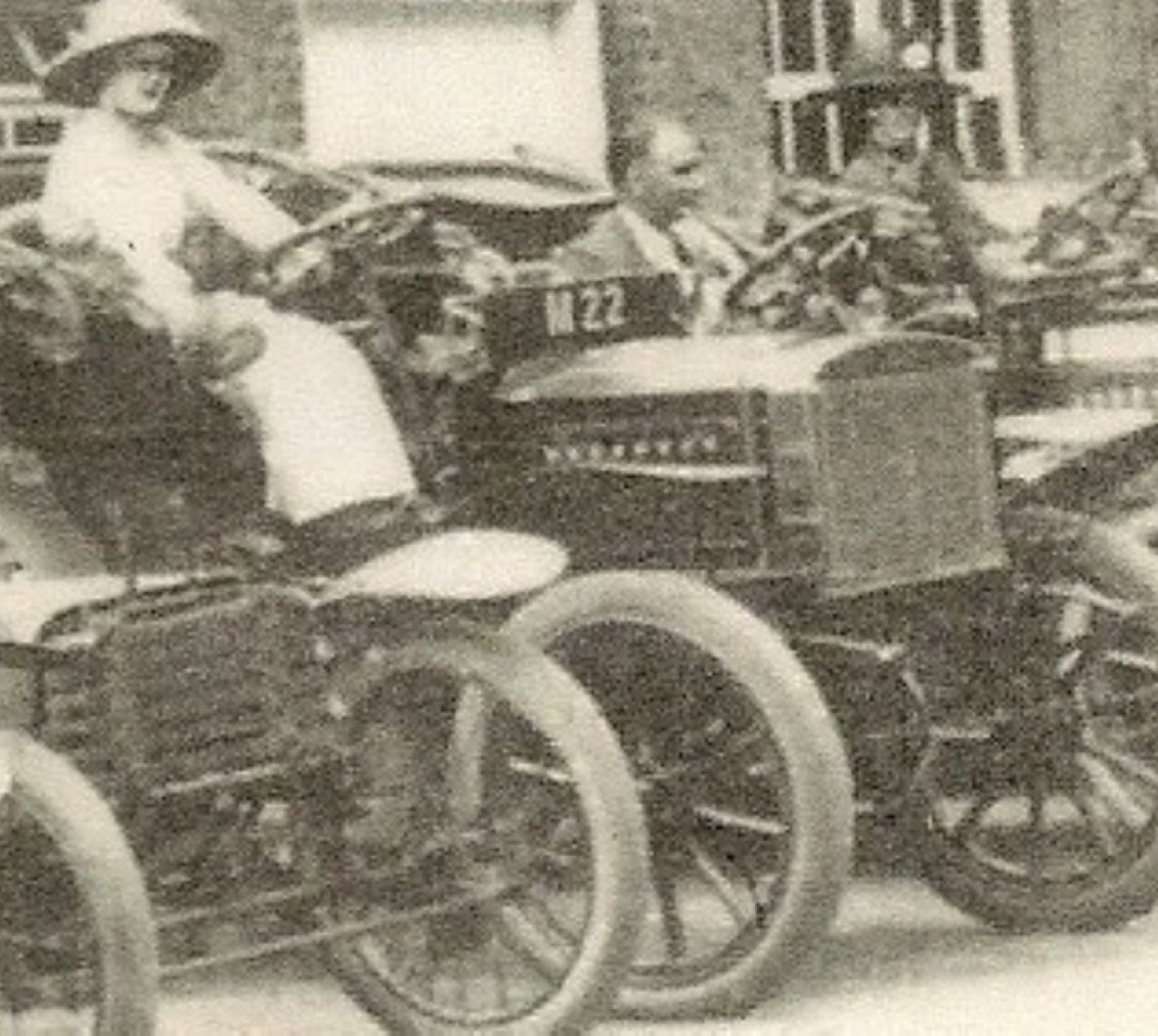
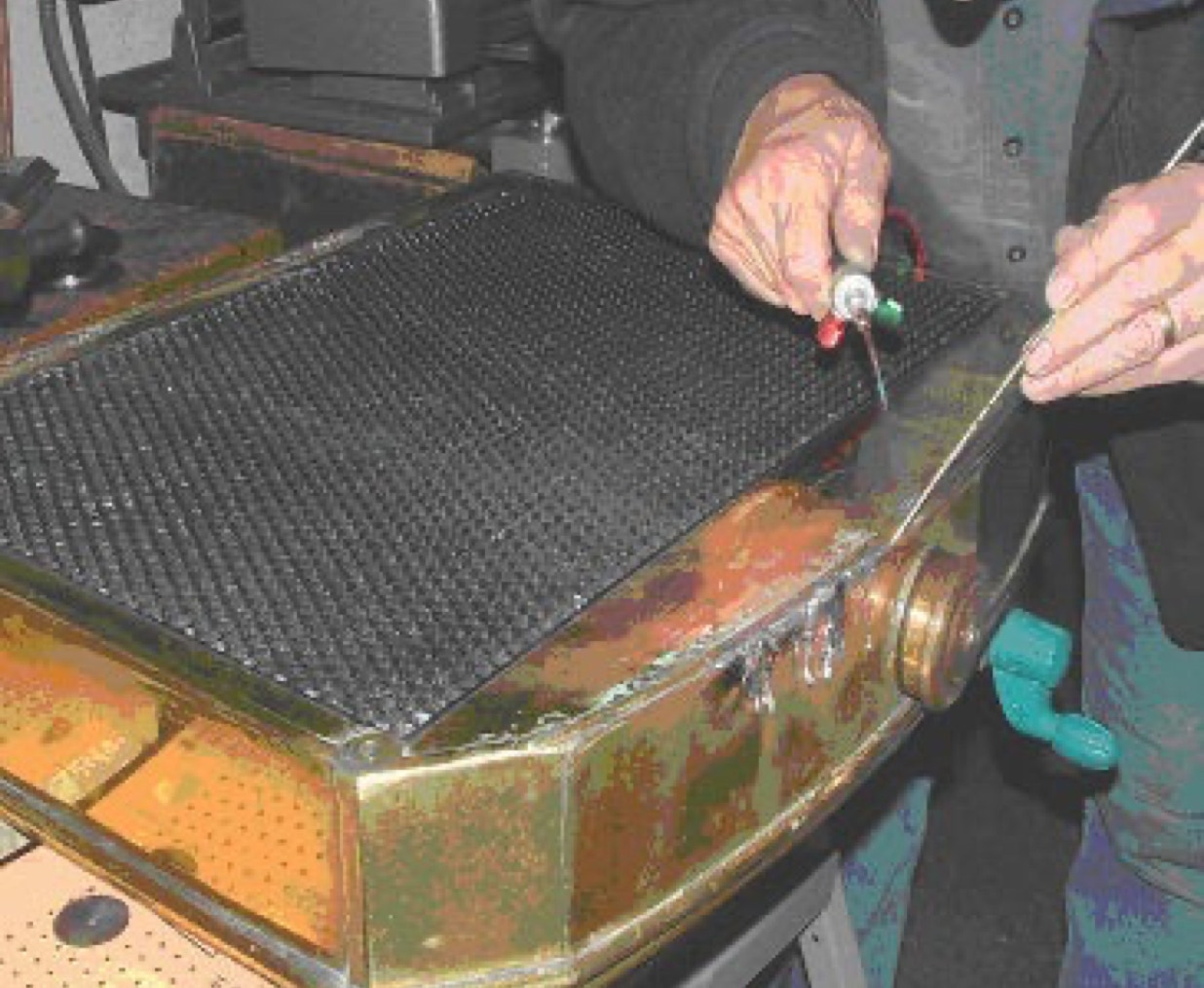
Carrying out repairs to the Belsize radiator
The Team decided to replace the radiator with a facsimile of the original Panhard radiator fitted to the Panhard et Levassor owned by the Shuttleworth Collection. This is a typical example of the radiators of that time and consists of copper tubing arranged top-to-bottom in a serpentine fashion, with three layers of such tubing, front to back. Pressed-copper fins are placed regularly on the pipe work to expedite heat dispersal.
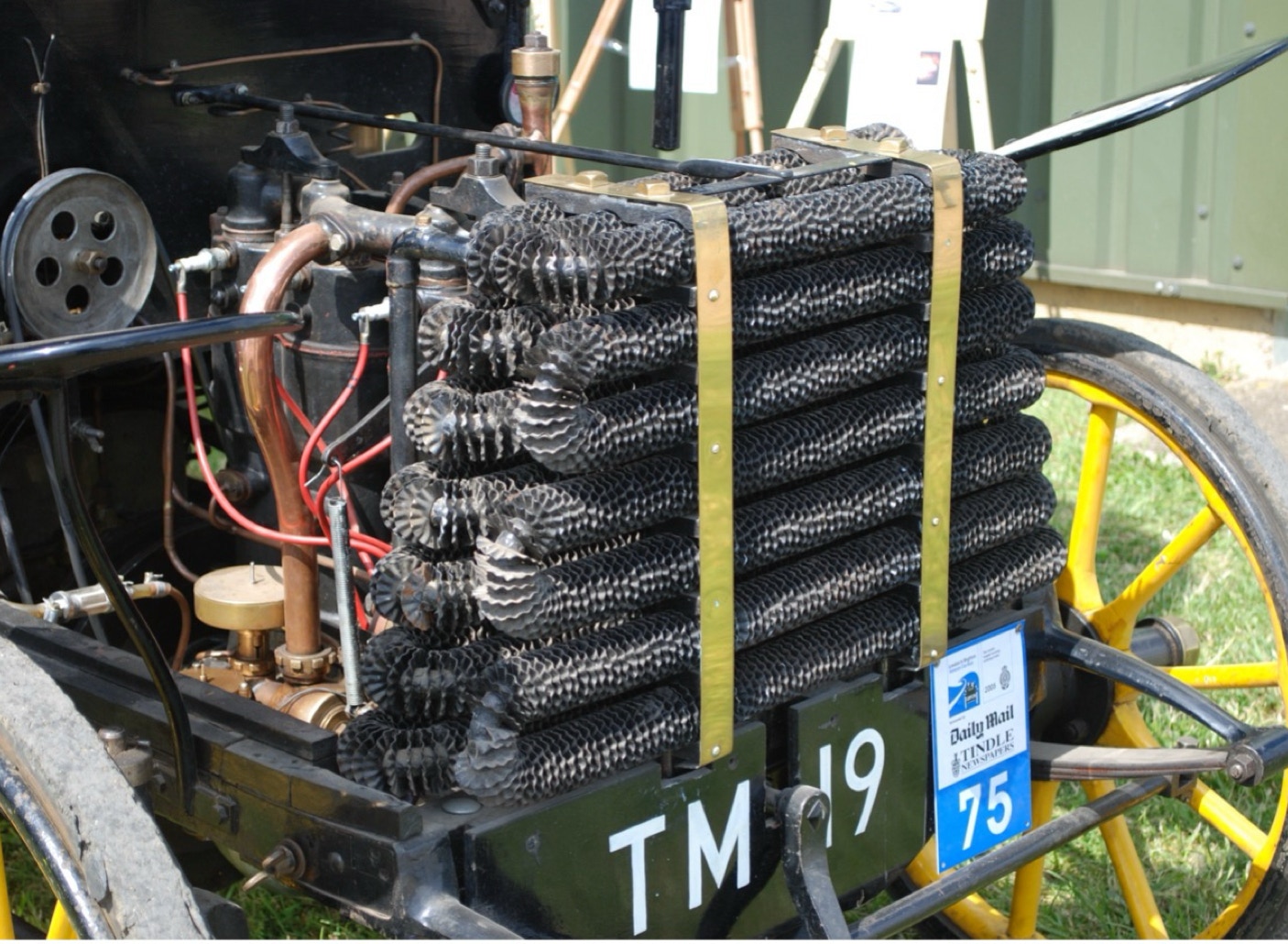
The Shuttleworth Panhard et Levassor
The Team are indebted to Ladbrooke Engineering of North Walsham who provided much of the copper sheet and made the dies for the gills for the project. There are 45 sections of pipe and 1350 gills.
The first problem to be overcome in making the radiator was that of bending the circular cross section half-inch diameter copper pipe through 180 degrees whilst maintaining the circular pipe cross-section on the bends. The expertise was eventually provided by Beehive Coils of Newmarket on their original Victorian machinery. Since the complete radiator had to be made in sections which were then joined, the problem of joining copper tubing arose, which is not normally a problem using soldered joints.
However, the renowned efficiency of copper in conducting heat led to the difficulty of raising the temperature of the tubing to that required for soldering and an alternative means was sought. Amazingly, the answer came from an unexpected quarter - Loctite! Although this firm is most renowned for its "super-glue" (a cyano-acrylate), the recommended compound was an epoxy-resin (of the type most familiar as Araldite), but a very special (and expensive) variety which requires curing at 140 degrees centigrade for forty-five minutes.
Using this jointing compound to make the seal between two overlapping sections of the pipes proved successful but only after a means of heating the completed radiator at the high temperature was found at Carbonelite in Watton.
The radiator under construction
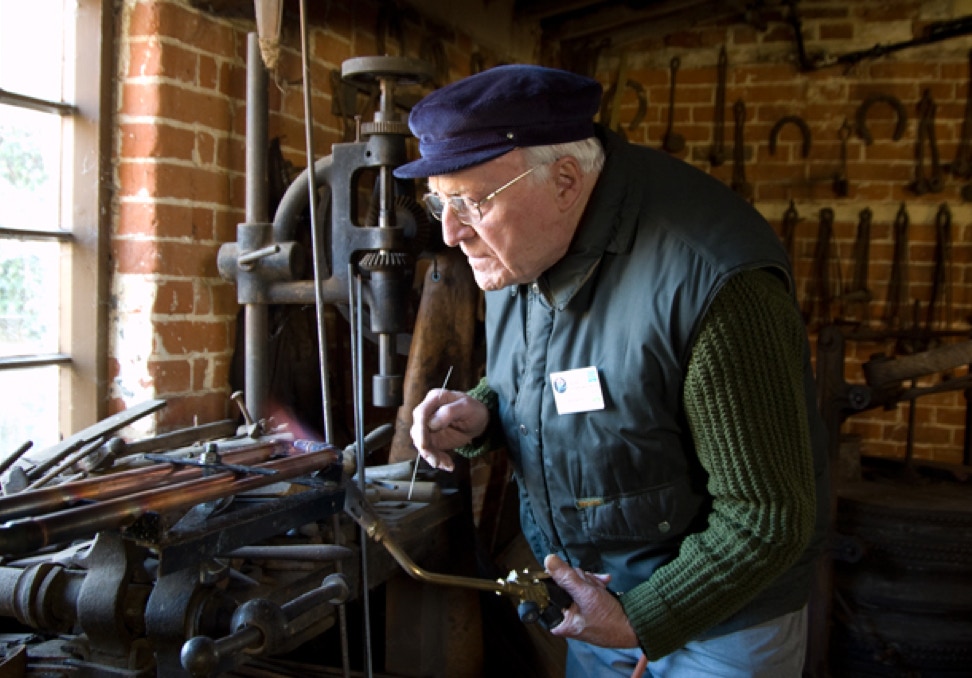
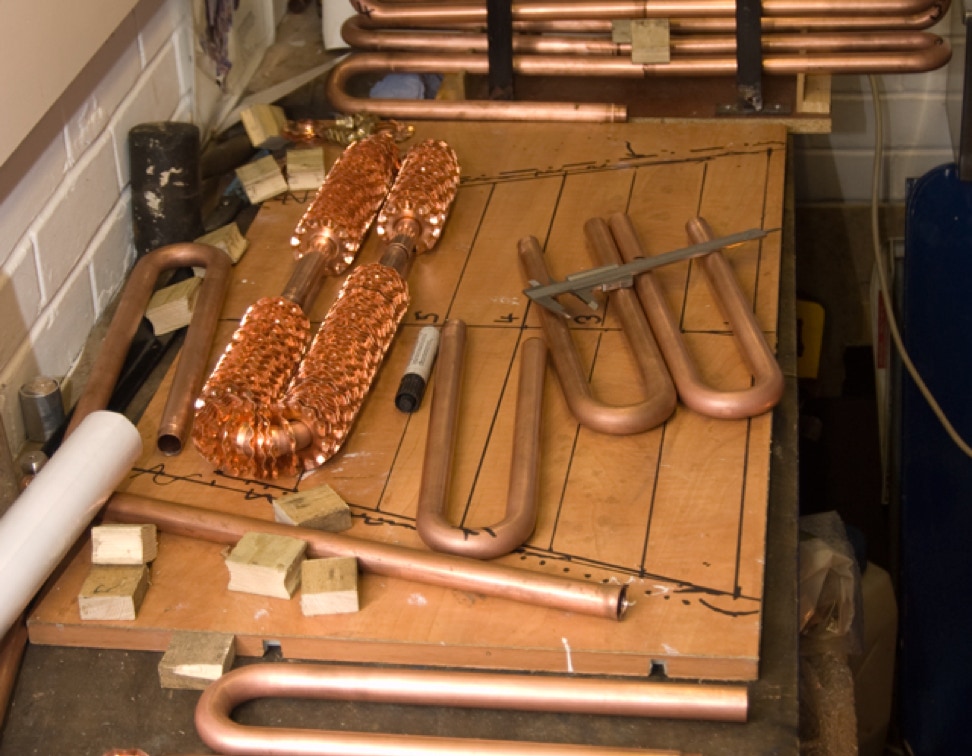
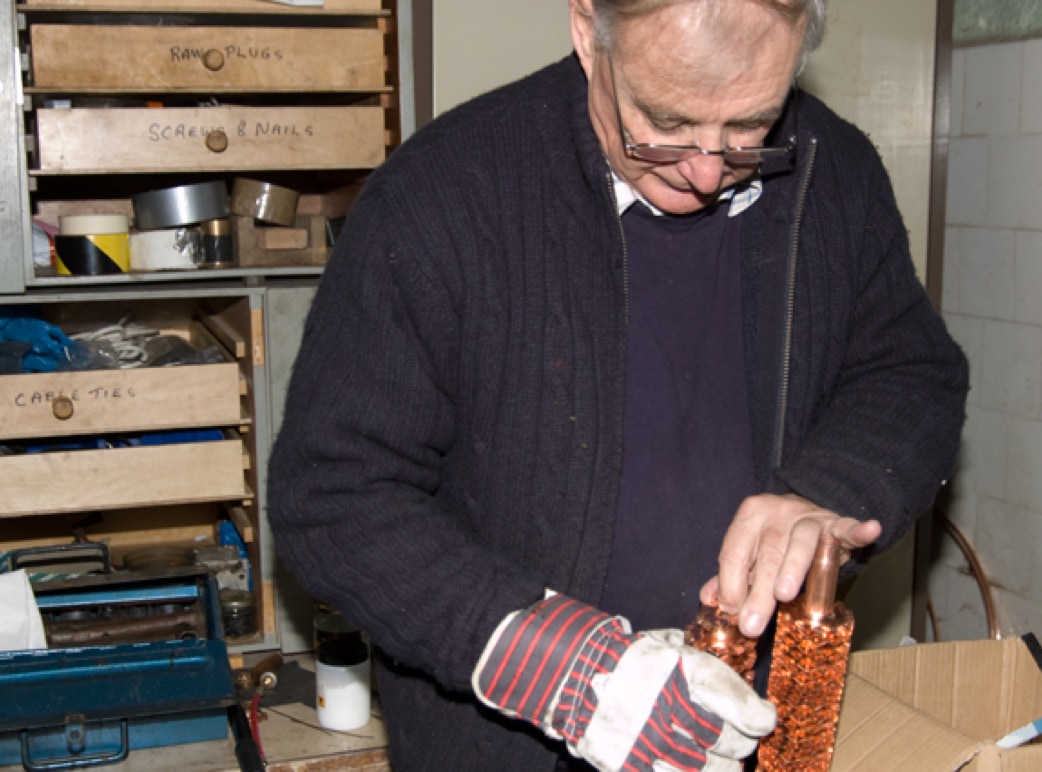
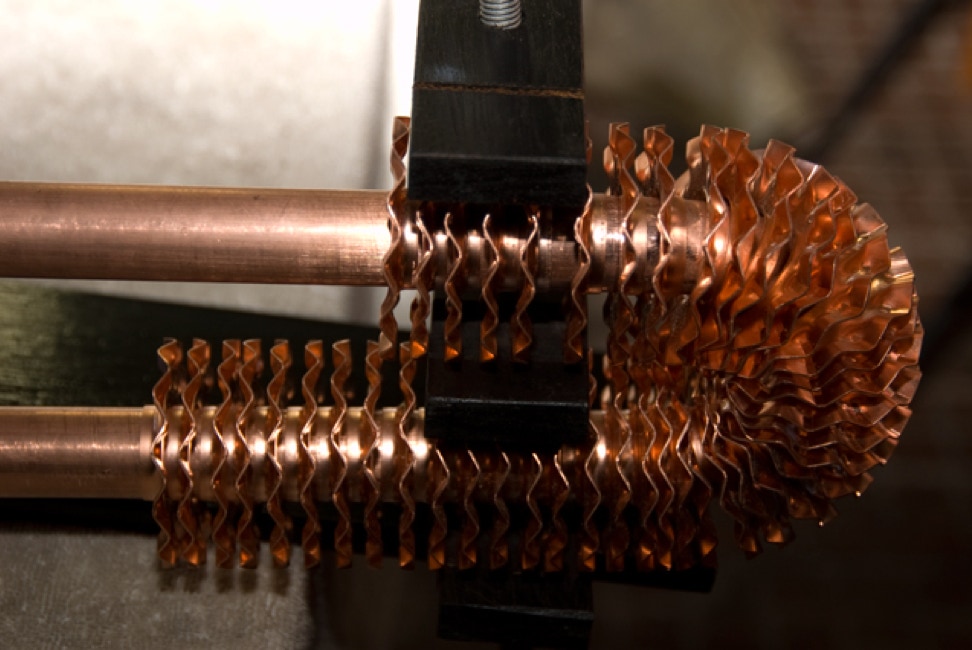
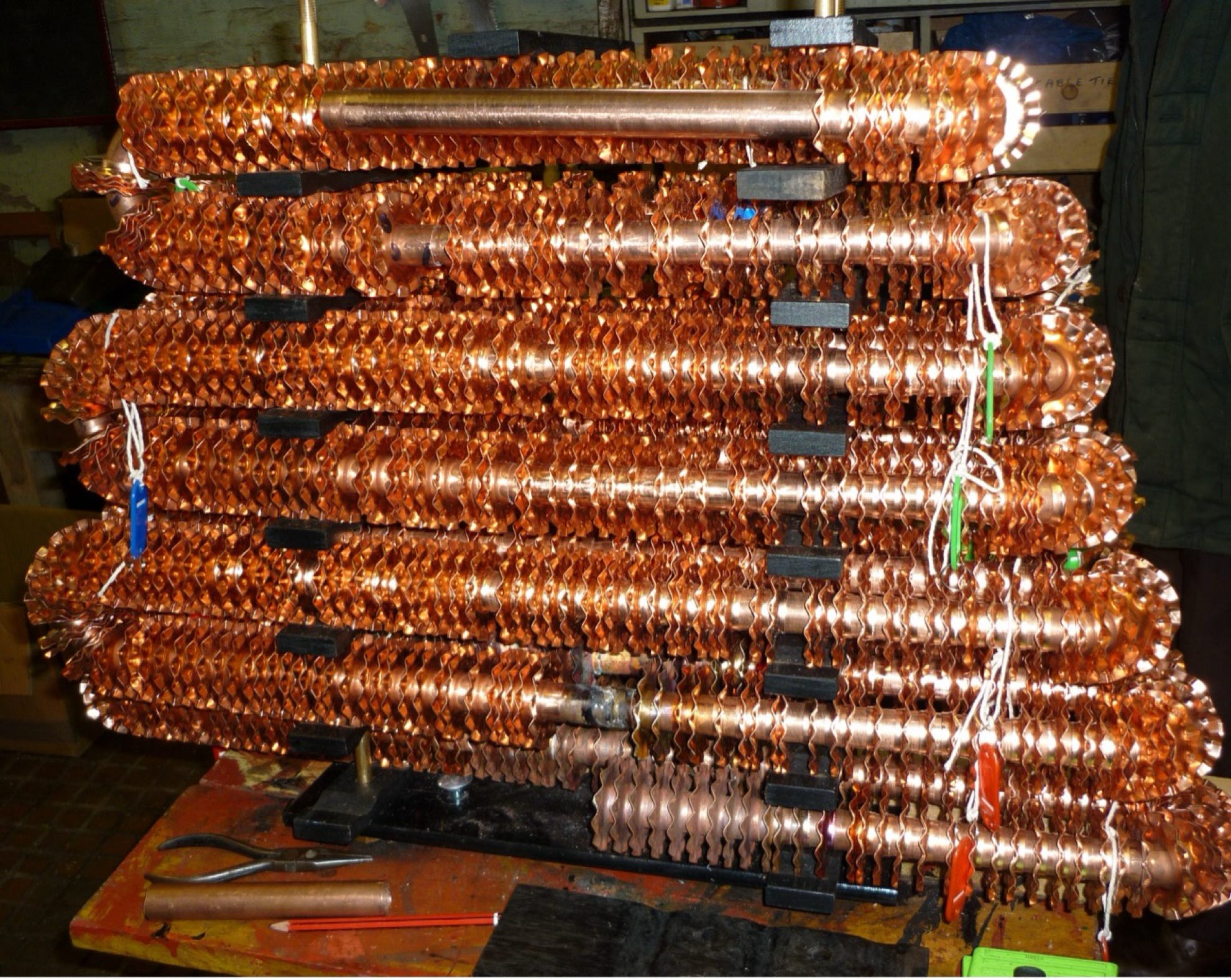
David Wall at Hoveton made a new Panhard type bonnet and a new water tank
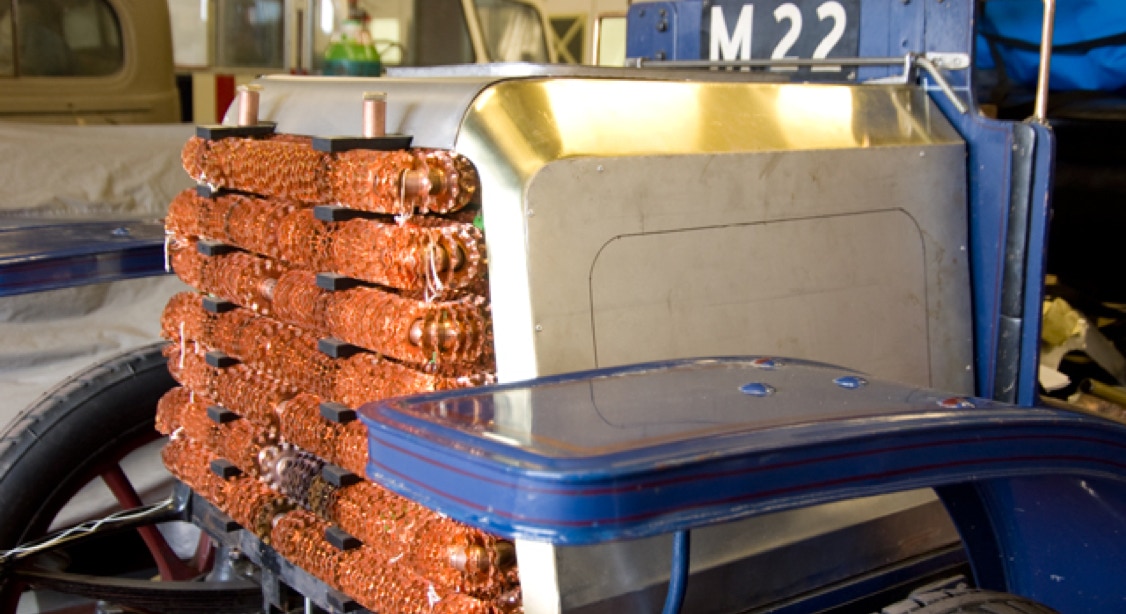
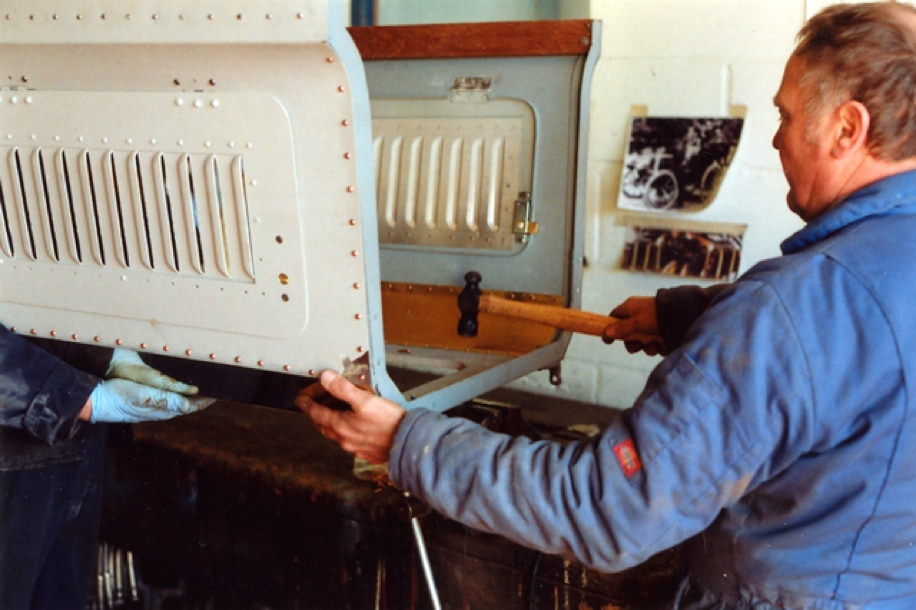
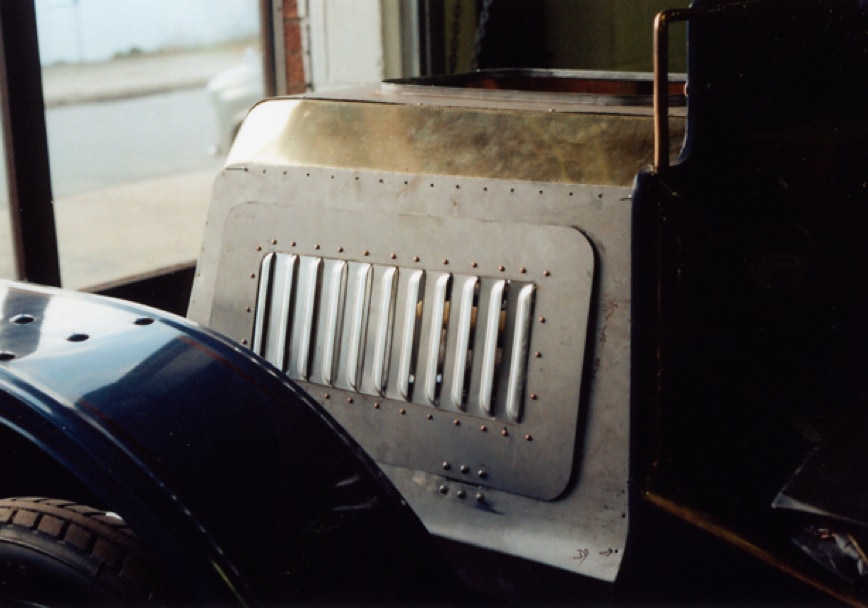
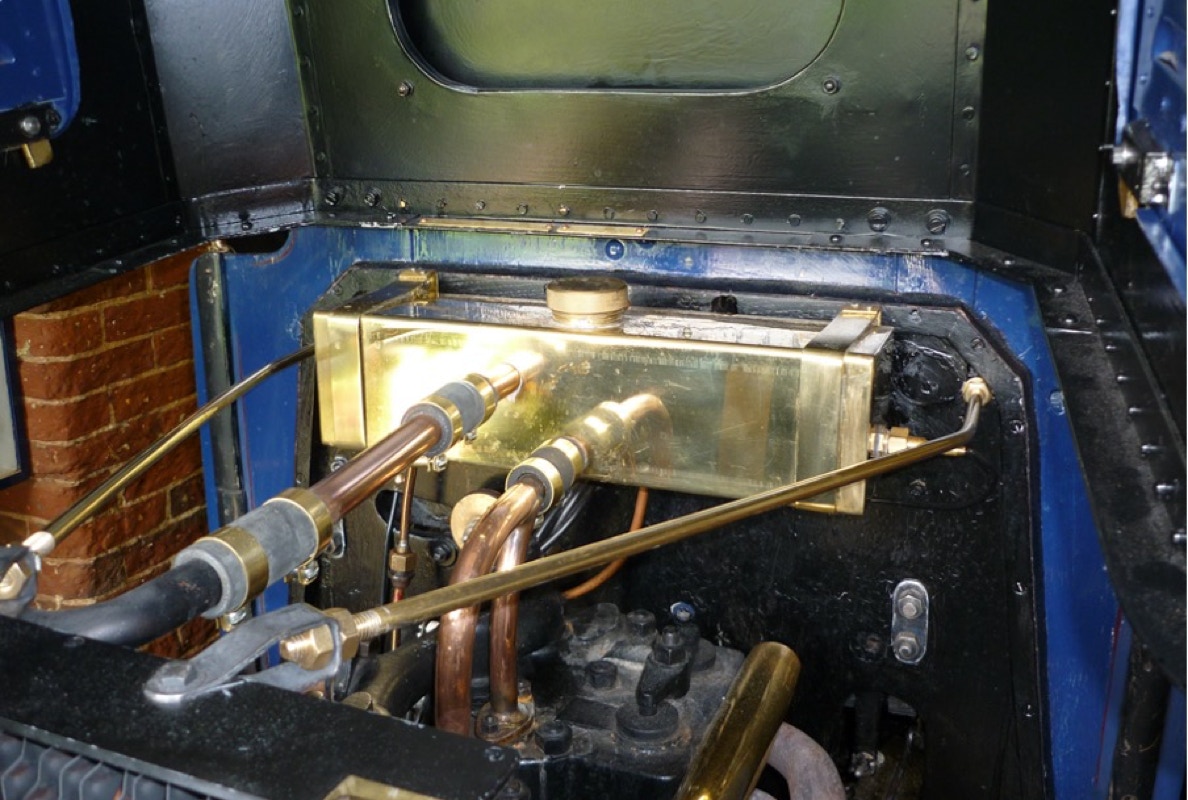
The Team fitted a temperature gauge which allows the heat levels to be monitored.
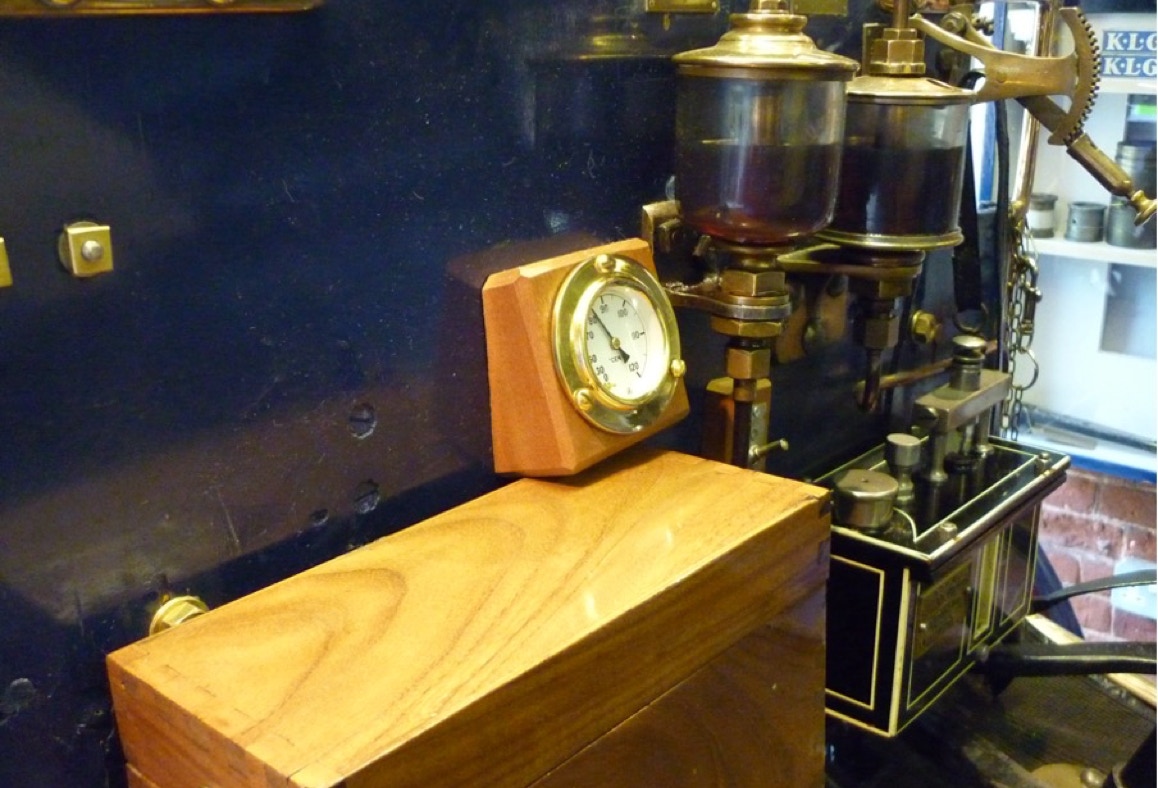
The completed radiator was painted back to allow for better heat transfer.
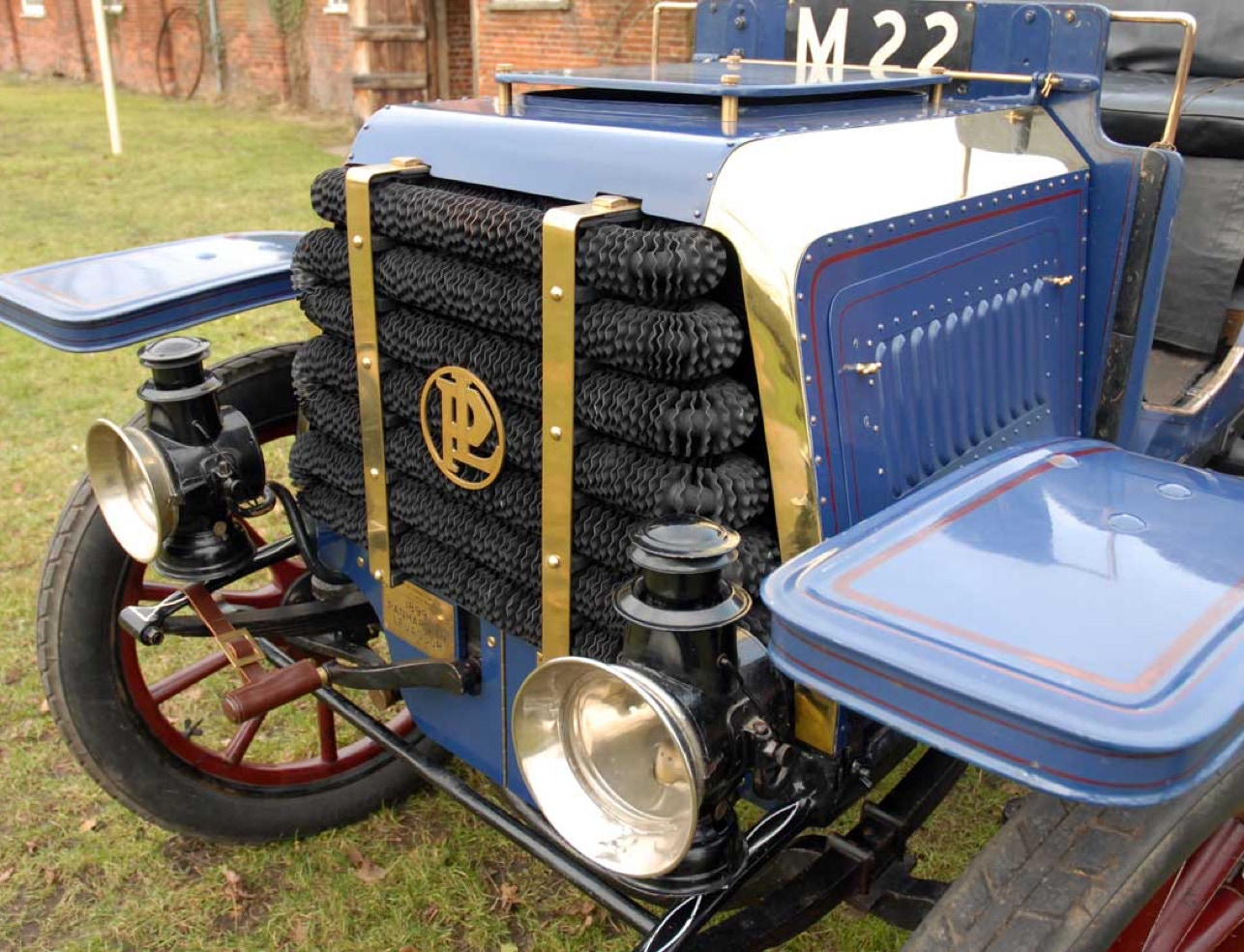
The Belsize radiator, an artefact in its own right, remains in the Gressenhall motor house.
Page updated
Copyright Team Panhard
2024